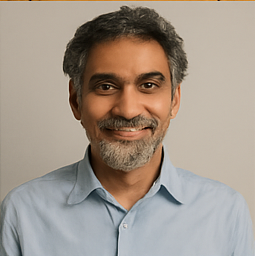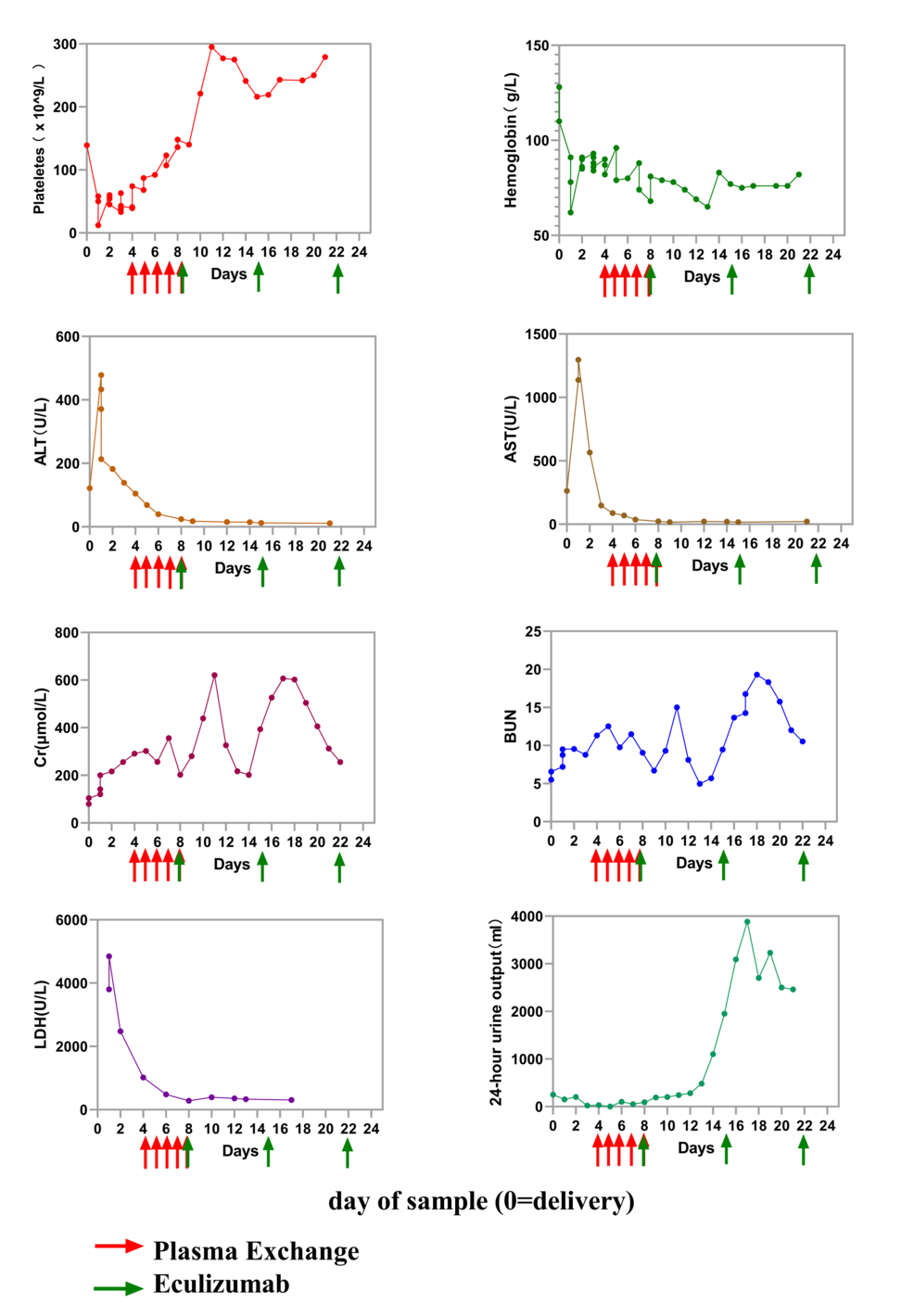Revolutionizing Eyewear: IXI's Smart Glasses Promise Adaptive Vision

In a world where technology continues to advance at a breakneck pace, the optical industry is not left behind. Niko Eiden, the chief executive and co-founder of the Finnish eyewear firm IXI, recently showcased a groundbreaking innovation: a pair of glasses that look deceptively ordinary but boast cutting-edge technology to adapt to the wearer’s visual needs. On a recent Zoom call, Eiden held up these remarkable frames, which are equipped with liquid crystal lenses designed to change their vision-correcting properties based on the user's requirements.
The unique feature of these lenses is their ability to provide correction for both near and far vision seamlessly. “These liquid crystals… we can rotate them with an electrical field,” Eiden explained, emphasizing the flexibility and responsiveness of the technology. This allows the glasses to adjust automatically in real-time, ensuring that the wearer can see clearly whether reading a book or looking at something across the room.
Despite the promise of such innovations, the concept of tech-integrated eyewear has a complicated history. The failure of Google's smart glasses, known as Google Glass, serves as a cautionary tale for companies like IXI. Eiden acknowledges that consumer acceptance is paramount, noting that “most people don’t want to look like cyborgs.” Therefore, one of IXI's primary goals is to ensure that their products resemble conventional eyewear to make them appealing to a wide audience.
The growing demand for advanced eyewear technology is underpinned by demographic trends. With an aging global population, conditions like presbyopia—an age-related challenge that makes it difficult to focus on close objects—are expected to escalate. Additionally, myopia, or short-sightedness, is rising at alarming rates, necessitating innovative solutions in vision correction.
Traditionally, eyewear has not evolved significantly over the decades. Bifocal lenses, for example, consist of two distinct regions designed for distance and near vision, requiring wearers to adjust their gaze accordingly. Varifocal lenses offer smoother transitions between different levels of vision but still rely on manual adjustments. In contrast, the autofocus lenses developed by IXI promise to adjust dynamically, potentially accommodating the changing eyesight needs of the wearer over time.
However, not all early iterations of this technology have been successful. Eiden candidly admitted that the initial prototypes were “hazy” and lacked clarity at the edges, leading to a subpar user experience. Fortunately, recent trials have been more promising, with participants reporting smooth transitions when shifting their focus from reading materials to distant objects.
While the glasses incorporate an eye-tracking device to enhance their functionality, it does not pinpoint exactly what the wearer is focusing on. Certain eye movements, particularly those associated with reading, are detectable, but the technology is still developing. Emilia Helin, IXI's product director, emphasized the importance of frame fit, as the glasses need to respond accurately to the user's eye behavior. The frames are adjustable to some extent, although not to the degree that would compromise the delicate electronics housed within.
IXI's glasses are powered by a small battery designed to last up to two days on a single charge, with the option to recharge overnight. As for the anticipated launch date and retail price, Eiden remains tight-lipped, teasing that a more detailed announcement is forthcoming later this year. When asked if a price tag around £1,000 was feasible, he simply smiled without confirming.
Health professionals are optimistic about the potential of autofocus lenses. Paramdeep Bilkhu, a clinical adviser at the College of Optometrists, highlighted that these glasses could greatly benefit individuals who struggle with traditional bifocals and varifocals. However, he also raised concerns about the reliability of such technology in critical tasks, such as driving, where precise vision is paramount.
Concerns regarding safety and reliability were echoed by Chi-Ho To, an optometry researcher at the Hong Kong Polytechnic University, who questioned the implications of delayed vision correction in high-stakes situations, such as surgical procedures. Eiden acknowledged these concerns, assuring that the initial version of IXI's lenses would not attempt to adjust the entire lens area simultaneously. Future developments could create fully self-adjusting lenses, which would necessitate a more stringent focus on safety.
The landscape of eyewear innovation isn’t limited to IXI. In 2013, UK firm Adlens introduced glasses that manually adjusted lens power via a dial, priced at around $1,250 (£920). However, while these glasses were well-received by consumers, they received pushback from opticians, which hindered sales. Adlens is also pursuing advancements in automatic self-adjusting lenses, but a firm release date is yet to be announced.
Prof. Joshua Silver, who founded Adlens, initially developed adjustable lenses with fluid-filled membranes back in 1985. His work has enabled around 100,000 people across 20 countries to benefit from custom vision correction. Currently, he is seeking investment for a new initiative, Vision, aimed at further expanding access to this technology.
Other innovations in eyewear technology are focusing not just on correction but also on preventing the progression of eye conditions. Prof. To has developed lenses that contain a honeycomb-like structure, which helps slow growth associated with myopia in children. This technology has reportedly reduced the rate of myopia progression by an impressive 60% and is already being utilized in over 30 countries. Meanwhile, British firm SightGlass is exploring different approaches to address myopia through glasses that modulate vision contrast.
As the race for advanced eyewear technologies continues, Prof. To has even more ambitious aims: developing glasses that not only slow but could potentially reverse myopia. He hints that growing evidence supports this possibility, which could revolutionize vision care for millions.



























